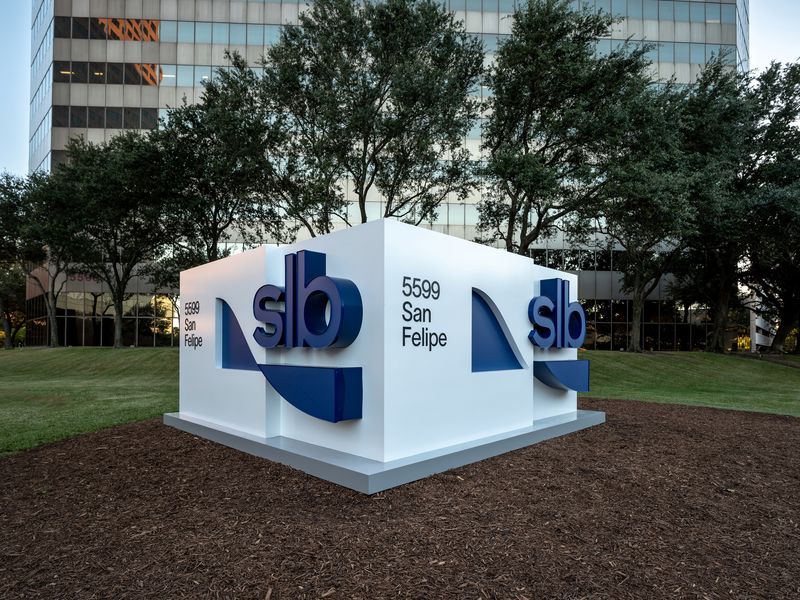
By Ernest Scheyder
HOUSTON (Reuters) – SLB on Tuesday said it will commercially launch its version of a direct lithium extraction (DLE) system after years of tests in a Nevada desert and could be producing the electric vehicle battery metal for clients by 2027.
The Houston-based oilfield services giant, formerly known as Schlumberger, is the latest to make a major push into the fast-growing DLE sector, which has sucked in Exxon Mobil, Rio Tinto, International Battery Metals and others aiming to revolutionize how the ultralight metal is processed for the energy transition.
Lithium has historically been produced using large, water-intensive evaporation ponds or open-pit mines. While DLE technologies vary, they are comparable to common household water softeners and aim to extract about 90% or more of the lithium from brines, compared to about 50% using ponds.
SLB said it has developed a system that combines DLE technology from privately-held EnergySource Minerals and water treatment equipment from others. The technology was tested at a Nevada brine deposit controlled by Pure Energy Minerals. SLB now plans to design a commercial version of the plant with a capacity of 10,000 metric tons per year and market it to interested customers.
“We can build it and put one in South America or put one anywhere in North America,” Gavin Rennick, president of SLB’s New Energy division.
The company essentially aims to replicate its oilfield business model by extracting lithium for customers who own geological deposits of the critical mineral.
SLB believes its facility could produce lithium for less than $5,000 per metric ton, a figure that includes operating costs and construction costs amortized over 20 years.
Lithium prices are currently trading near $10,000 per metric ton, according to Benchmark Mineral Intelligence, down more than 75% in the past year, meaning that SLB sees its process as having a cost advantage amid the low-price environment.
Panasonic is testing the project’s lithium for consistency and quality, Rennick said.
SLB has only tested its DLE system in Nevada, and many of its peers have found that altitude, weather and other factors can affect DLE operations. Still, SLB said it has tested brines from all over the world at its pilot facility.
“We feel extremely confident now about us being able to deliver those kind of economic numbers at production scale across a broad range of assets,” said Rennick.
(Reporting by Ernest Scheyder; Editing by Chizu Nomiyama)
EMEA Tribune is not involved in this news article, it is taken from our partners and or from the News Agencies. Copyright and Credit go to the News Agencies, email news@emeatribune.com Follow our WhatsApp verified Channel





